Discover how the spirit of the ’60s still shapes our modern world.

The 1960s were more than just a colorful blur of tie-dye and flower power—they were a turning point that transformed modern society. From the rise of activism to groundbreaking artistic movements, this iconic decade’s influence can still be felt today. What started as fleeting fads evolved into lasting legacies, reshaping how we think, live, and create.
Let’s explore 11 ways the 60s continue to impact our lives.
1. Counterculture ideals became the backbone of modern activism.
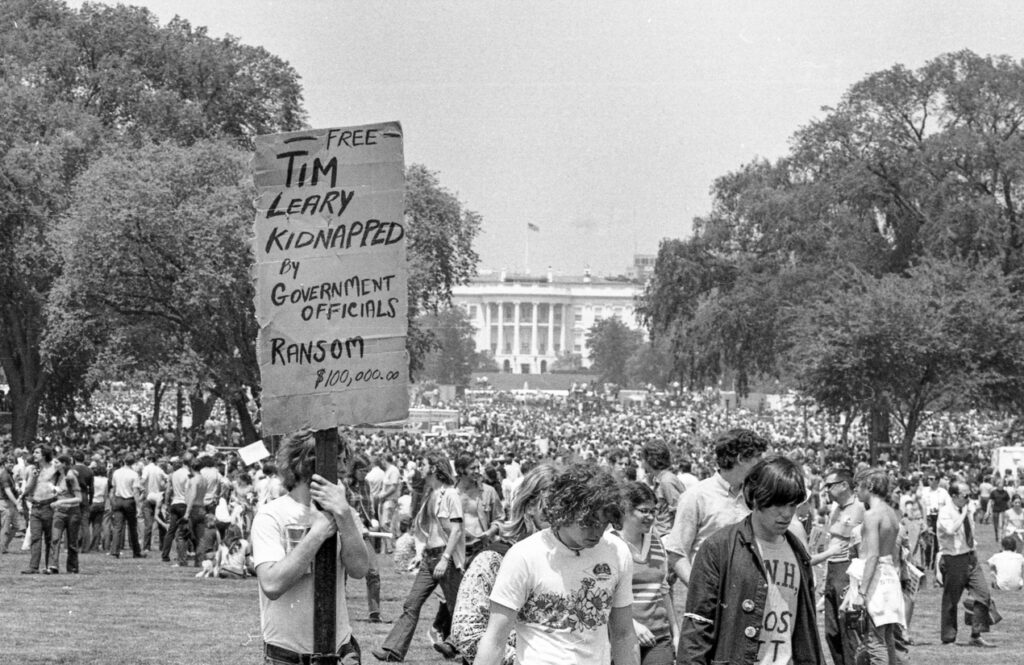
The counterculture of the 60s, fueled by movements like civil rights and anti-war protests, set the stage for today’s activism. Activists used sit-ins, marches, and bold slogans to challenge the status quo, promoting equality, peace, and environmental sustainability. Their defiance inspired a generation to believe in the power of collective action.
Modern movements, such as climate justice and racial equality campaigns, carry forward the 60s’ spirit of activism. These ideals have been reimagined for a digital age, with social media amplifying voices and globalizing causes. The legacy of counterculture demonstrates that grassroots efforts can lead to lasting societal change.
2. Psychedelic music and art revolutionized creative expression.
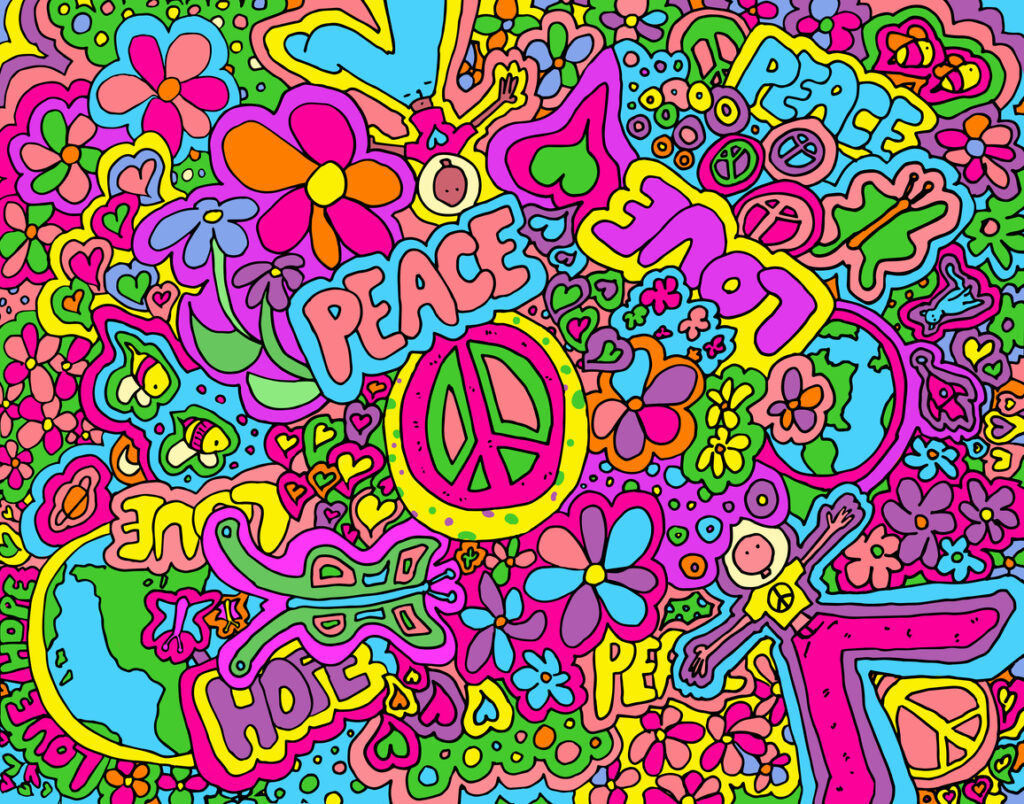
The 60s ushered in a creative revolution with psychedelic art and music challenging traditional boundaries. Iconic bands like The Grateful Dead and Pink Floyd pushed sonic limits, while artists like Peter Max created vivid, dreamlike visuals that defined the era’s aesthetic. These creative forms were both a reflection of and a reaction to societal change.
Today, the influence of psychedelic creativity is seen in digital art, immersive installations, and experimental music genres. The bold, boundary-pushing ethos of the 60s continues to inspire artists to take risks, proving that the power of imagination can transcend time and trends.
3. Bold 60s fashion trends reshaped personal identity.

Fashion in the 60s was a bold rebellion against the conservative styles of previous decades. Miniskirts, paisley patterns, and unisex clothing became symbols of freedom and individuality. According to the BBC, designers like Mary Quant and Pierre Cardin championed playful, daring styles that embraced self-expression and cultural shifts.
This legacy is alive today in vintage-inspired fashion, sustainable clothing movements, and the normalization of gender-neutral styles. The 60s taught us that what we wear can reflect who we are, making fashion a powerful tool for self-expression and social commentary.
4. The space race fueled an enduring fascination with exploration.
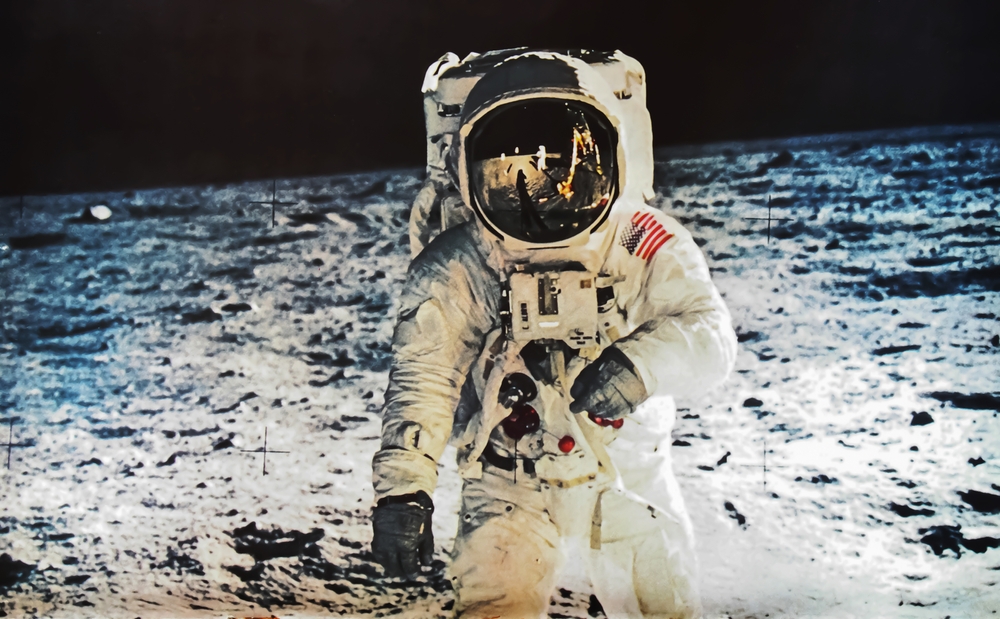
The 1960s space race wasn’t just a competition between superpowers; it was a cultural milestone that inspired humanity’s dreams of exploration. The Apollo 11 moon landing symbolized the limitless potential of human ingenuity and determination. The technological advances of this era spurred innovation in countless industries.
Today’s advancements in private space travel and interplanetary exploration stem from the vision of the 60s. Companies like SpaceX build on the excitement of that decade, proving that our fascination with the stars is far from over. The space race continues to remind us of humanity’s capacity to dream big.
5. Environmental awareness sprouted during the 60s.

The environmental movement took root in the 60s, sparked by growing concerns over pollution and resource depletion. Rachel Carson’s Silent Spring warned of ecological harm, while Earth Day’s establishment marked the start of widespread environmental activism. These early efforts highlighted the urgent need to protect the planet.
Today’s environmental policies, from carbon reduction initiatives to renewable energy programs, owe much to the 60s pioneers. Their passion for nature conservation has grown into a global movement that continues to tackle pressing ecological challenges, proving that awareness and action can make a difference.
6. Feminism in the 60s changed the landscape of gender roles.
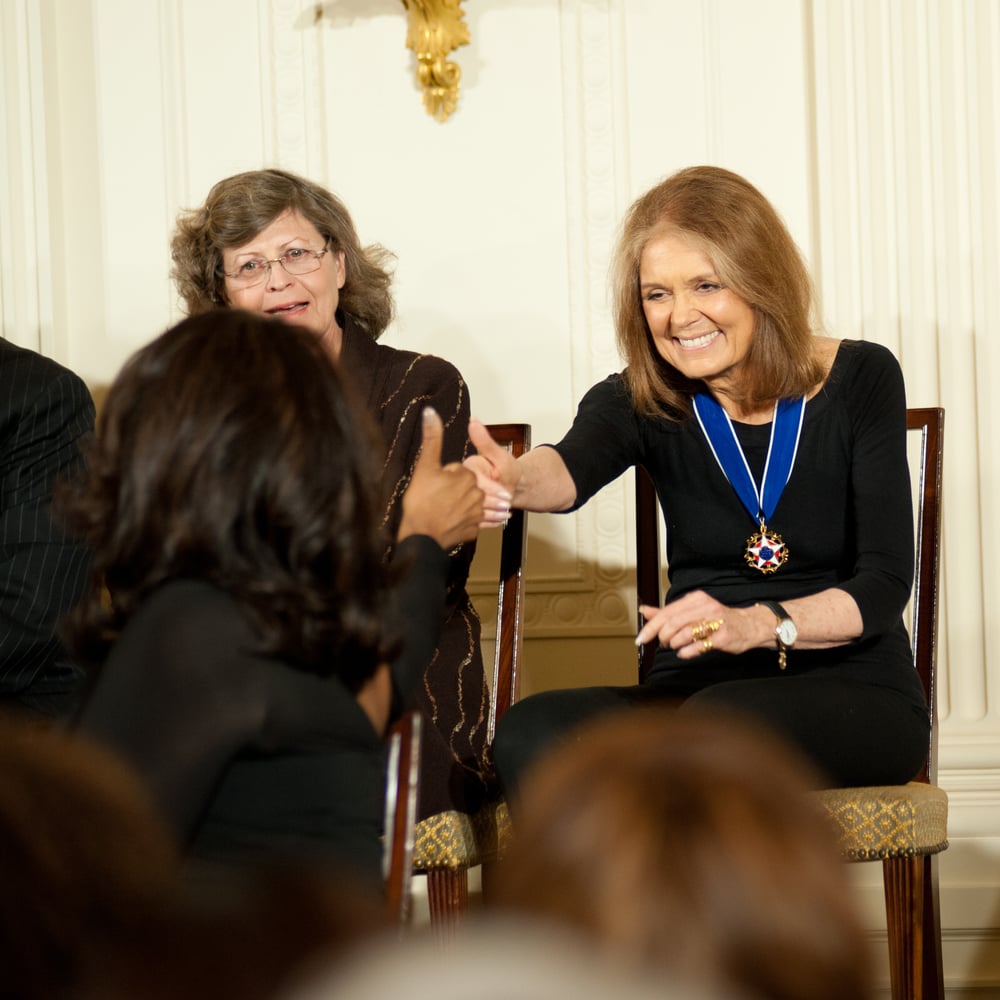
The feminist movement of the 60s challenged restrictive gender roles and demanded equality in all areas of life. Influential figures like Gloria Steinem and Betty Friedan brought women’s issues into public consciousness, inspiring transformative legislation such as the Equal Pay Act.
This fight for equality paved the way for modern gender discussions, from pay equity to representation in leadership. The feminist ideals of the 60s remain a driving force, reminding us that progress requires persistent effort and a willingness to confront deeply ingrained societal norms.
7. Technology of the 60s sparked the digital revolution.

The 1960s were the birthplace of groundbreaking technologies, including the development of ARPANET (the internet’s precursor) and the first computer mouse. These innovations were pivotal in shaping the interconnected, tech-driven world we live in today.
Modern technology owes its foundation to the experimentation and ambition of the 60s. From smartphones to artificial intelligence, the seeds of the digital revolution planted in that decade continue to grow, proving that innovation has no expiration date.
8. The sexual revolution reshaped societal norms.

The 60s sexual revolution broke longstanding taboos and redefined attitudes toward relationships and personal freedoms. Access to birth control and evolving views on intimacy empowered individuals to explore their identities without societal constraints.
Today, these shifts are evident in widespread acceptance of diverse sexual orientations, gender identities, and evolving relationship norms. The 60s demonstrated the power of questioning cultural traditions, leaving a legacy of openness and inclusivity that continues to evolve.
9. The protest music of the 60s became an anthem for change.

Protest music of the 60s, from Bob Dylan’s “Blowin’ in the Wind” to Joan Baez’s soulful ballads, inspired hope and solidarity. These songs became the soundtrack for movements fighting against war, inequality, and injustice, uniting people across generations and borders.
Modern protest music continues this tradition, addressing issues like climate change, racial inequality, and political corruption. The 60s showed how music can amplify messages and rally people to demand change, proving that art can be both powerful and transformative.
10. Pop culture became a tool for shaping public opinion.
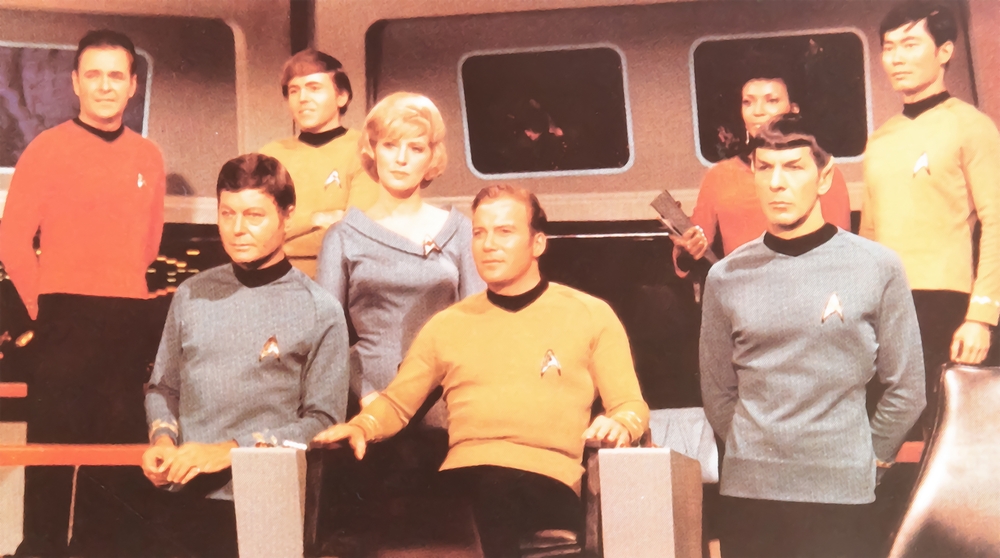
The 60s marked the rise of pop culture as a force for societal change. From television shows addressing social issues to influential magazines, media began shaping public discourse in unprecedented ways. Shows like Star Trek reflected progressive ideals that challenged viewers to think beyond societal constraints.
Today’s media landscape builds on this foundation, with streaming platforms and social media amplifying messages of change. The 60s legacy reminds us that pop culture isn’t just entertainment—it’s a reflection of society’s aspirations and struggles.
11. The peace movement planted seeds of global unity.

The peace movement of the 60s, epitomized by anti-war protests and the iconic symbol of the dove, highlighted the human cost of conflict. Activists called for diplomacy and compassion, promoting messages of unity that transcended borders.
This spirit endures in today’s global peace initiatives and humanitarian efforts. The 60s showed us that even amid division, a vision of shared humanity can inspire movements for reconciliation and understanding, leaving a timeless legacy of hope.
